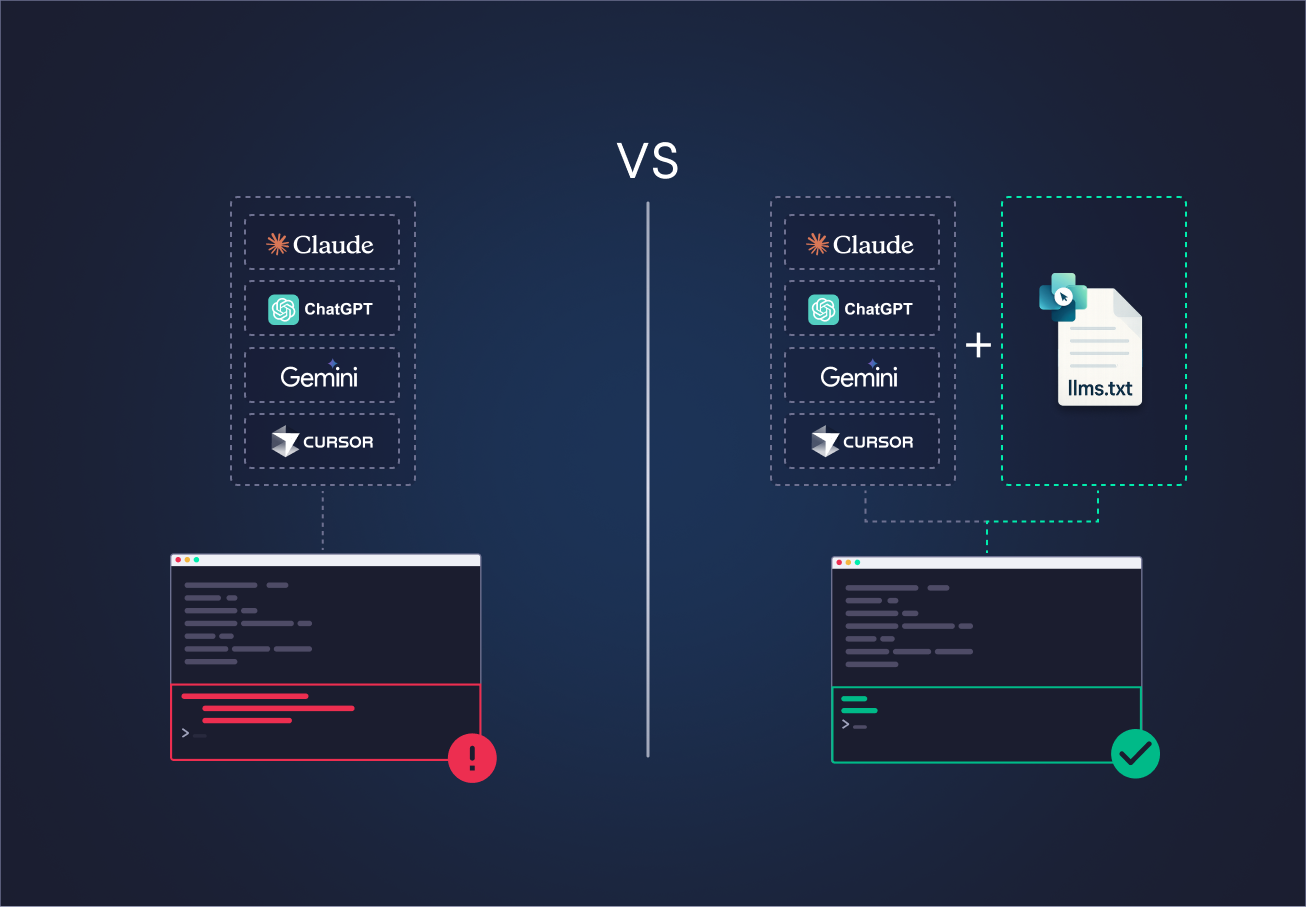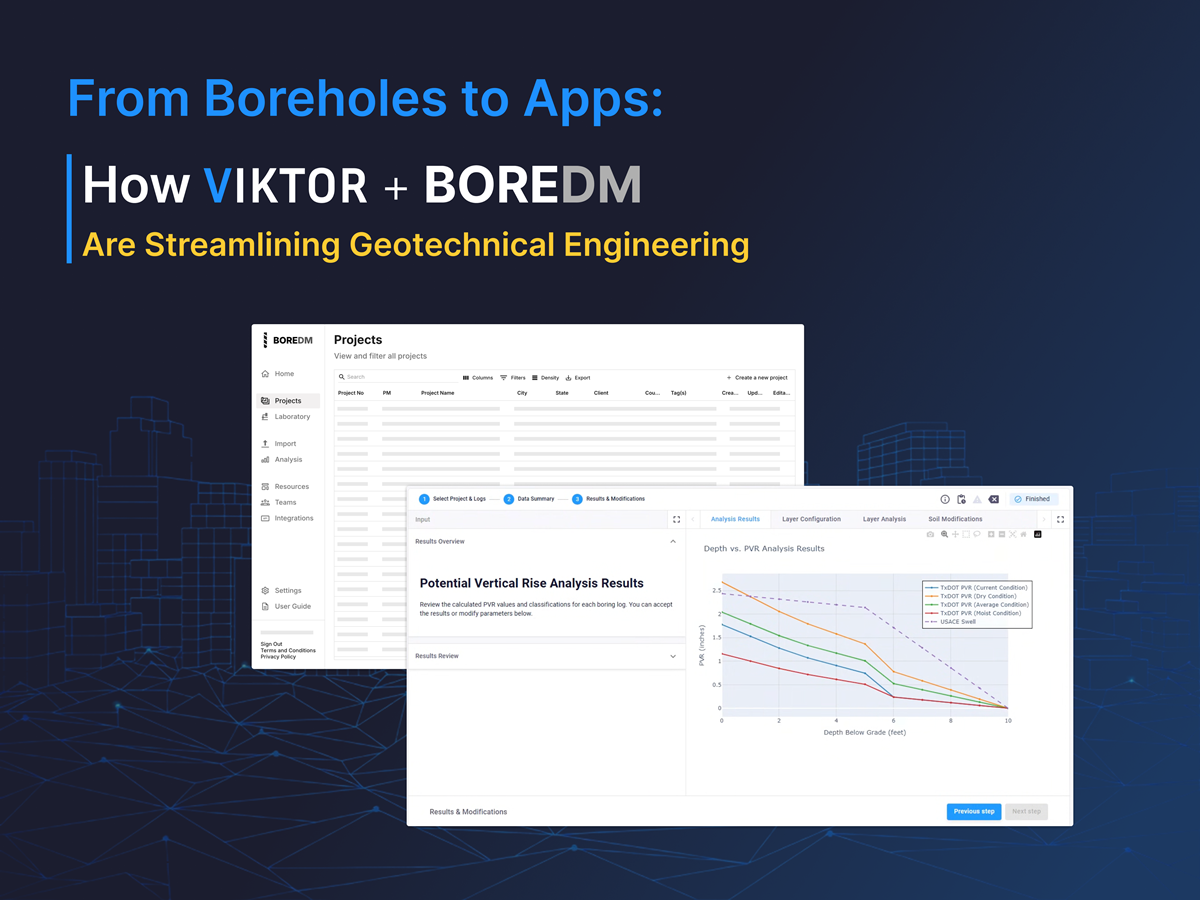
Download the White Paper and get INSPIRED
Find how you can use AI automate engineering processes in your organization.
Using the functionality
There are two ways in which you can use the functionality:
- With VIKTOR, out-of-the-box, using our free version.
- Without VIKTOR, in that case you create the logic to extract the GEF file data to the structured format needed for the machine learning model to make the prediction yourself.
This is a snippet of the functionality’s code from the VIKTOR GitHub repository.
1@SVGAndDataView("ML prediction plot", duration_guess=3)
2def visualize_prediction(self, params, **kwargs):
3 """
4 Plot predictions of the penetration speed next to the CPT data (qc and fs)
5 """
6 data_dict = params.section_2.gef_data
7 diameter = params.section_2.diameter
8 model_option = params.section_3.model_option
9
10 # Predict penetration speed with ML model
11 predictions, elevation_df = ML_processing.ML_prediction(
12 data_dict,
13 diameter,
14 model_option
15 )
16
17 # Plot ML prediction and CPT data
18 fig, axs = plt.subplots(1, 3, sharey=True, figsize=(7, 6))
19 axs = axs.flatten()
20
21 fig.suptitle('Pile diameter: '+str(diameter)+r' m')
22 axs[0].plot(predictions, elevation_df, color='black', lw=2)
23 axs[0].set_xlim([0, 1.5 * max(predictions)])
24 axs[0].set_ylabel('Elevation (from mudline) [m]', fontsize=12)
25 axs[0].set_xlabel('Penetration speed [m/s]', fontsize=12)
26 axs[0].grid()
27
28 ...
29
30 plt.tight_layout()
31
32 # Save fig
33 svg_data = StringIO()
34 fig.savefig(svg_data, format='svg')
35 plt.close()
36
37...
38
39 return SVGAndDataResult(svg_data, ...) The code snippet reveals how the pile drive prediction is visualized (partially). The input variables needed for the prediction, which is the cpt data (data_dict), the pile diameter (diameter) and the machine learning model name (model_option), are fed into the machine learning function to calculate the predicted speed for all depths of the elevations given by the GEF file.
The results that were calculated are subsequently plotted using Matplotlib’s library, and visualized within the VIKTOR environment using the SVGAndDataResult object. The full code can be found in the repository.
In the video, you can see how pile drive speed is predicted using one of the Machine Learning models in a VIKTOR application.
Pile drive prediction in 3 steps
As you can see in the video, the process of predicting pile drive speed with the Machine Learning model consists of 3 steps.
- Upload a GEF file. This can be done by clicking on the button "Create new object", and uploading a GEF file. A sample GEF file can be found in
app/gef/gef_filesfor testing purposes. - Define the pile diameter, and select the ML model and the depth to be estimated.
- Check out the results.
Use our free version to start using this app!




